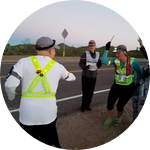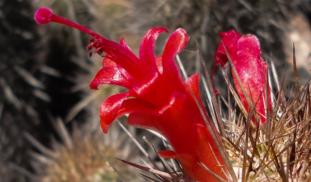Please wait...
About This Project
I am developing and applying innovative population genetics data analysis with habitat suitability modeling to solve longstanding challenges in the effort to save endangered plant species. Combining high throughput RADseq data analysis with species distribution models, I am exploring relatively inexpensive, feasible methods to generate powerful population viability assessments, estimates of threshold population size and the constraints on the habitats of rare plants.
More Lab Notes From This Project

Browse Other Projects on Experiment
Related Projects
How do polar bears stay healthy on the world's worst diet?
Polar bears survive almost entirely on seal fat. Yet unlike humans who eat high-fat diets, polar bears never...
Uncovering hidden insect diversity associated with a likely undescribed gall-forming midge
Does a likely undescribed species of gall-forming midge (pers. comm. Ray Gagné) on Eriodictyon plants (Yerba...
Macrofungi of the California archipelago
The eight islands of the California Archipelago are a well-studied biodiversity hotspot — but we know almost...



